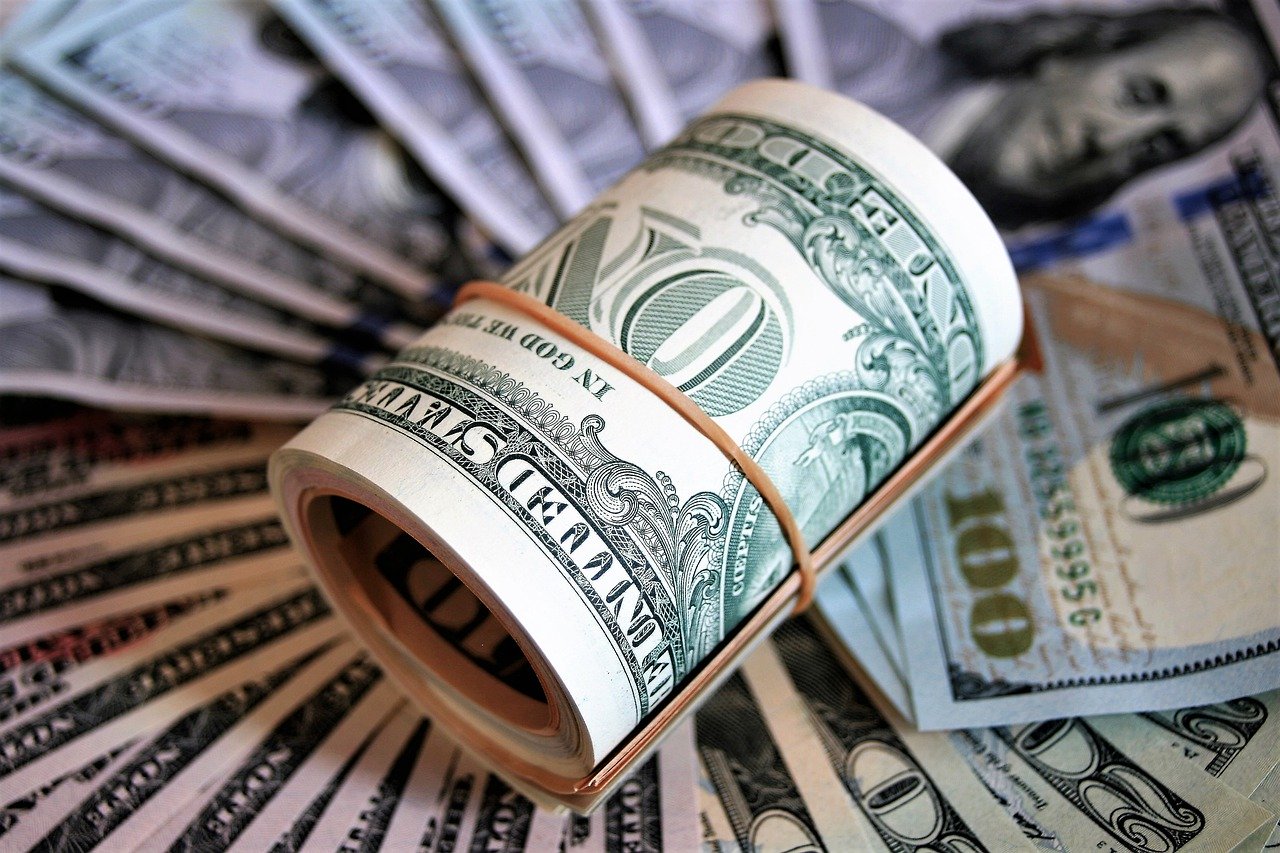
New economic and banking data shows personal income and savings increased amidst the coronavirus pandemic. Analysts attribute this to the stimulus from the federal government.
The unprecedented aid from the US government is deemed the reason why Americans are still able to earn and save as the coronavirus outbreak persists.
Consumer spending and savings increased from last year on a per-client basis at digital banking company Chime, which handles over 6.5 million accounts.
Despite the fact that 42 million Americans filed for unemployment benefits due to the coronavirus lockdown measures, personal income rose by 10.5% in April, the Bureau of Economic Analysis said last week.
“We’ve seen people sort of move and go get other jobs. We’ve seen people get access to unemployment insurance, to stimulus payments, and all of this collectively has resulted in higher spend and higher savings actually, which is also a little bit surprising,” Chime Chief Executive Officer Chris Britt said at a Piper Sandler FinTech conference Wednesday.
CARES Act
The US government passed the CARES Act in response to the coronavirus pandemic that led to record unemployment. The US Treasury distributed $1,200 to individuals with annual income below $75,000 and $2,400 to married couples filing taxes jointly who earn under $150,000.
According to the Treasury, it was able to release 159 million payments worth more than $267 billion to struggling Americans in two months. The assistance was sent to eligible Americans known to the Internal Revenue Service.
“These payments are an integral part of our commitment to providing much-needed relief to the American people during this unprecedented time,” Treasury Secretary Steven Mnuchin said.
Disposable income also increased by 12.9% in April. Personal savings soared to a historic 33% from April to May as Americans saved cash during the orders of shutdown.
“Although unemployment is really troubling, the consumer balance sheet has been pretty strong. With the government funding unemployment the way they are, you have basically an entire swath of the population that is making money and not spending it,” Timothy Lesko, portfolio manager at Granite Investment Advisors, told CNBC.
“Go to the next tier of income and you have a middle class who kept their jobs and aren’t spending. The pent-up demand is pretty significant, it’s just a matter of when they feel comfortable spending it and as each day goes on, we seem to be getting better and better data about increases in travel and increases in spending.”
Consumer incomes
The increase in consumer incomes and savings is helping the market “looking through,” said Lesko.
“As the economy opens, stock prices are starting to reflect what we’re going to see a year from now, not what we saw during the depths of this in April and May,” added Lesko.
Meanwhile, Visa saw higher consumer spending in May as the economy recovers. This observation came after total US payments volume fell at a slower pace.
US payments volume in May fell to 5%, compared with an 18% fall in April.
Meanwhile, quarter-to-date, Visa reported an 11% decline in payments volume, the company said in a filing on Monday.
The rise in employment “suggests that the US economy is more resilient than expected,” said Seema Shah, chief strategist at Principal Global Investors.
“It appears that businesses began rehiring workers earlier and in greater numbers… a trend that is likely to continue as lockdowns ease around the country,” Eric Winograd, senior economist at AllianceBernstein said.






